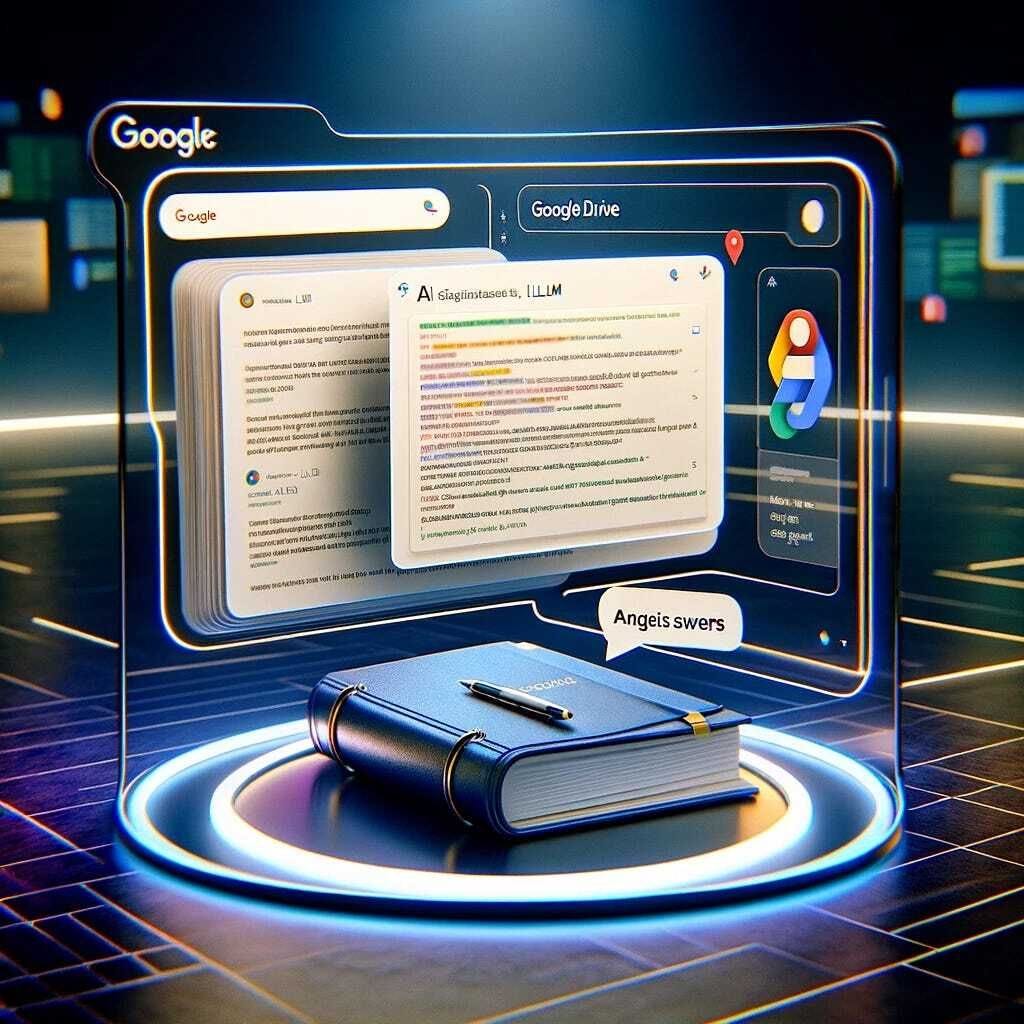Exploring the Potential of Google's Notebook LLM Project: A Hidden Gem in AI

Introduction to Google's Notebook LLM
In the ever-evolving landscape of artificial intelligence, Google's Notebook Large Language Model (LLM) project emerges as a noteworthy experiment. Quietly refined over recent months, this tool has gradually revealed its capacity to transform how we interact with and leverage our digital documents. I recently delved into Google's Notebook LLM, and I'm here to share my firsthand experience with this impressively useful tool.
How It Works
Google's Notebook LLM offers a unique approach to document interaction. Users can create personalized spaces where PDFs or Google Drive documents can be attached, or even paste their text directly into the platform. It appears the system leverages one of Google's LLMs to train on the provided material, creating a bespoke environment for content engagement.
The brilliance of Notebook LLM lies in its simplicity and effectiveness. You can pose questions within your document space, and the tool responds with insightful answers, pinpointing the exact location in the document where the relevant information was found. This feature not only enhances the efficiency of information retrieval but also enriches the user's understanding of the content.
Personal Experience
Upon testing the tool with a comprehensive PDF, the ease of use and the quality of the responses immediately stood out. Despite a somewhat generic user interface that could benefit from a touch of personalization, the core technology is undeniably advanced. Google's Notebook LLM distinguishes itself as one of the company's more refined AI initiatives, albeit underrecognized in the broader tech community.
The Service: Accessibility and Utility
Remarkably, Google offers Notebook LLM for free, making it accessible to a wide audience eager to explore its capabilities. By loading documents into this platform, users can craft a private, interactive space tailored to their informational needs. This aspect of customization and privacy amplifies the tool's value, offering a new dimension to personal and professional document management.
Wrap Up
Google's Notebook LLM project stands as a testament to the potential of AI to enhance our interaction with digital content. Its capacity to understand and interact with user-uploaded documents through a simple yet powerful interface heralds a new era in intelligent document management. Despite its experimental label and modest interface, the underlying technology showcases Google's commitment to pushing the boundaries of AI.
I encourage anyone looking for a smarter way to engage with their documents to give Google's Notebook LLM a try. Its unique blend of simplicity, efficiency, and insightful interaction presents an exciting opportunity to experience the next level of document intelligence. As Google continues to refine and expand its capabilities, the Notebook LLM project is undoubtedly a hidden gem worth exploring in the AI landscape.

